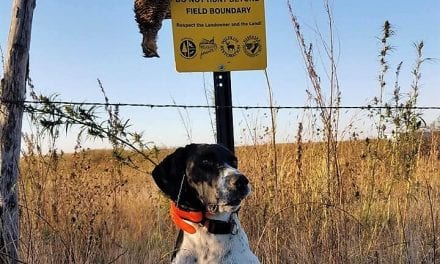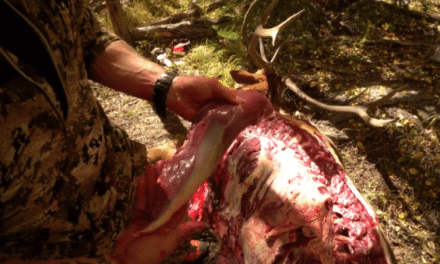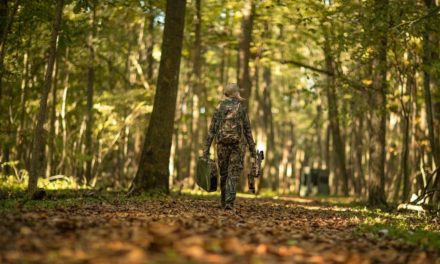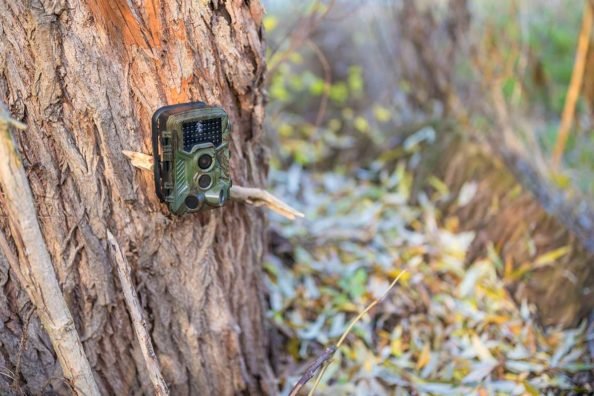
Hunters in some western states are no longer allowed to use trail cameras in the taking of wild game. Is that the right move?
The question of whether trail cameras cross the line of ethics in hunting was raised a few years ago when the Boone & Crockett Club updated their Big Game Records Eligibility statement. The decision disqualified trophy hunting harvests taken with the aid of cellular trail cameras that transmit pictures directly from the camera to a hunter’s cell phone.
Now, certain states’ governing bodies are going after the use of trail cameras in general, and making moves to ban them completely if used in the process of harvesting game animals.
This topic has been hotly debated by hunters, lawmakers, and the anti-hunting crowd, and could be a sign of things to come throughout America in relation to the technology we use in the pursuit of big game animals.
Recapping the Trail Cam Ban Movement
Beginning in 2022, the Arizona Game and Fish Commission will ban the use of trail cameras–both cellular and standard–for hunting purposes. Just last week, Utah followed suit as the Utah Wildlife Board held a vote to also ban the use of trail cameras for hunting certain big game animals like elk and cougars. Nevada, New Mexico, and other western states look to be making moves toward banning trail cameras, and some have already enacted laws against hunters using them on public land.
Their reasoning behind banning trail cameras is based on the premise of keeping hunters away from the few water sources in wilderness areas of those states. Water sources are scarce in desert states like Utah, Arizona, and Nevada, and state officials say that these new laws banning trail cameras are meant to keep hunters and their equipment away from such sensitive areas.
However, many hunters worry that this is merely a foot-in-the-door for the anti-hunting movement, and that they will use the concept of violating the fair chase principle to push for more limitations on hunters throughout the country.
Let’s take a look at some of the points hunters are using to counter such arguments for the use of trail cameras.
Trail Cameras Aid in Wildlife Management
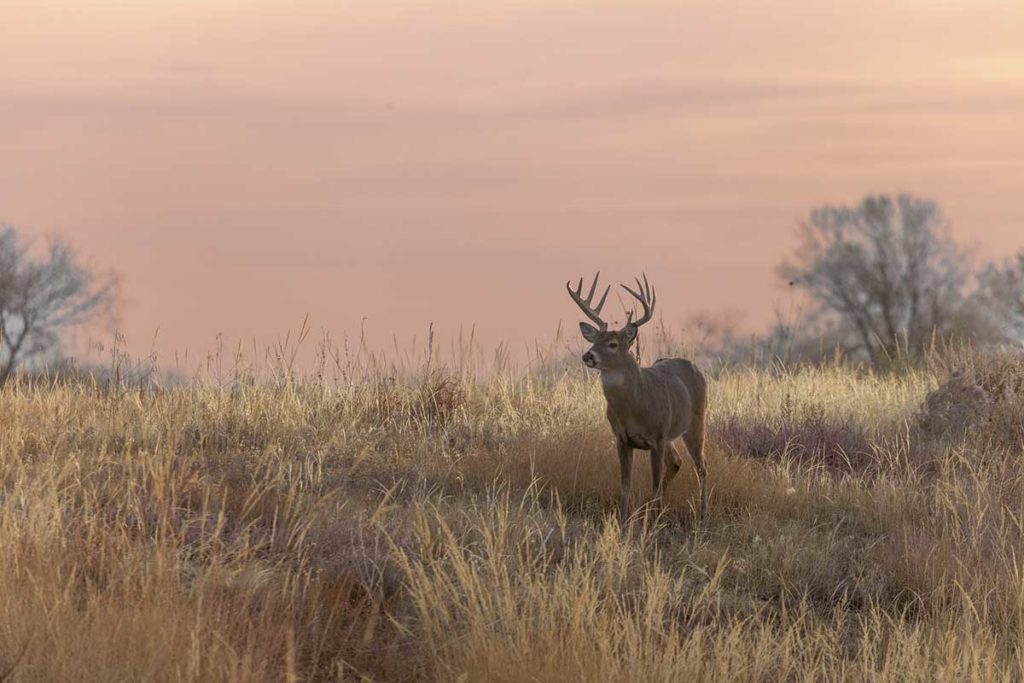 In the last few decades that trail cameras have been used in hunting and land management, they have proven effective in keeping tabs on game animals and executing proper conservation efforts. Info from a trail cam educates hunters as to the types of animals that are in a specific area , and alerts them if an invasive species makes its way onto the property.
In the last few decades that trail cameras have been used in hunting and land management, they have proven effective in keeping tabs on game animals and executing proper conservation efforts. Info from a trail cam educates hunters as to the types of animals that are in a specific area , and alerts them if an invasive species makes its way onto the property.
In many ways, trail cameras have worked to help hunters realize the benefits of conservation efforts. Hunters are now, more than ever, making efforts to benefit wildlife and improve the land in ways that bolster the population of game animal species that are native to certain regions thanks to the data and images retrieved from trail cameras.
Being able to keep track of the numbers of certain animals and the frequency with which they visit certain sites on a piece of property goes a long way in boosting our awareness of the health and well being of different animal species. It also turns hunters into good stewards of the land and the wildlife in it.
Many states rely on the feedback from hunters to back up the data collected by their biologists and other officials. Things like tracking the number of game animal species in a particular region and monitoring that area closely can affect decisions around season dates, bag limits, and other hunting regulations.
There are plenty of real world examples, but predator presence is a significant one. Hunters often notice a rapid increase in coyote populations and can quickly work to curb their numbers, which usually makes a tremendous difference in maintaining a healthy and sustainable deer population.
Boosting Enthusiasm in Hunting
Many hunters are hard-working individuals who might only get a few days out of each year to hunt. They aren’t afforded the luxury of spending many days and weeks scouting a certain property to determine the best location and strategy they can use to harvest game animals. Hunters with little time to work with often use trail cameras to increase their chances of harvesting an animal,. Without them, the task becomes extremely difficult.
It can be argued that trail cameras boost the level of enthusiasm in hunting by reinforcing a hunter’s expectations and allowing them to have a brief glimpse of what’s happening in the woods.
As most of us know, a drop in the overall number of hunters will result in much less license sales, and therefore lower amounts of funding for conservation efforts and wildlife management. Decline in the number of hunters might also cause drastic changes for certain regions of the country where the local economy is driven by visiting sportsmen and women. Hunters bring in money through land leases, guides, local businesses, accommodations, and a number of other means, which many small communities across the nation rely on each year.
Help Guard Against Poachers
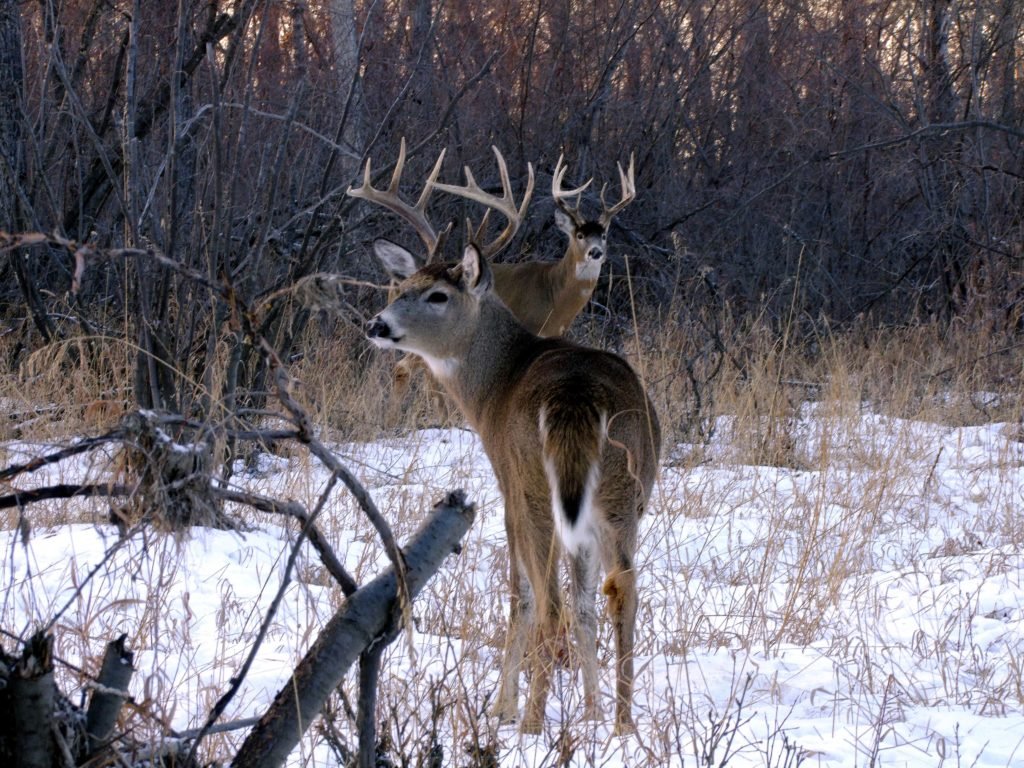
In addition to the many benefits that trail cameras provide in terms of bolstering wildlife numbers and habitat, they also prove to be exceptionally useful in warding off poachers, as well as identifying them for law enforcement agencies. There have been numerous incidents of poachers caught on trail cameras who are hunting out of season, harvesting illegal animals, or taking more than the allotted number of a certain game animal species.
Banning trail cameras completely would remove a valuable resource for law enforcement agencies and make it much more difficult to catch poachers in the act. Many hunters are just as vigilant as law enforcement officers when it comes to stopping and catching poachers on their land, and trail cameras are an extremely important tool used in their efforts to guard against it.
Stick to the Science
What’s perhaps most worrisome about the Arizona Game and Fish Commission’s unanimous decision to ban trail cameras is that theres little evidence that it was based on scientific data or facts. Rather, the Commission basically says it’s the “divisive and social aspects of trail cameras used for the purpose of hunting” they’re trying to address.
Any law relating to the hunting or harvesting of game animals should be based on facts, not on whether or not they hurt someone’s feelings. Many hunters would rightfully argue that an environmental impact study is absolutely required before such a ban can be justified.
What’s the Next Step?
Do the new laws in Arizona, Utah, and other states spell trouble for hunters that use trail cameras in other parts of the country? It’s very possible. The recent bans and limitations placed on the use of trail cameras in hunting provide us with a glimpse of what could be on the horizon for hunters across America.
It’s something all hunters should be made aware of and is indicative of the efforts we will likely face. Efforts to either limit the use of hunting tools, or to diminish our ability to hunt in general, are actively happening.
Trail cameras have benefitted both hunters and wildlife across the country, and we should be forthright in our efforts to defend and support our right to use them.
NEXT: HANG ON TREESTANDS, AND WHY I’VE NEVER LIKED THEM
The post Making the Case Against Trail Camera Bans appeared first on Wide Open Spaces.











